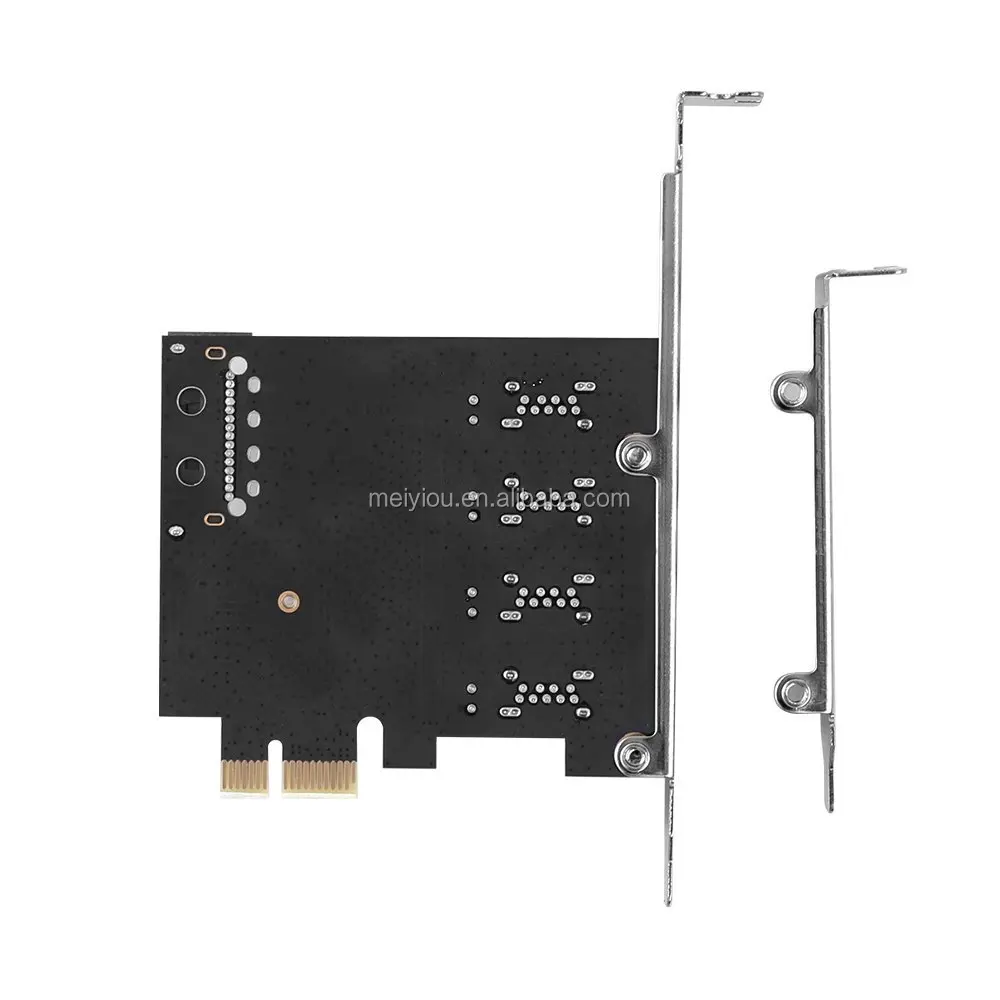

Different revisions of the PCI-E standard allow for different speeds on each lane. These connections are colloquially known as “lanes,” with each PCI-E lane comprised of two signaling pairs, one for sending data and the other for receiving data.

The different physical sizes allow for different numbers of simultaneous data pin connections to the motherboard: the larger the port, the more maximum connections on the card and the port. (x32 ports exist, but are extremely rare and generally not seen on consumer hardware.)ĭifferent sized cards support different maximum PCI-Express lanes. But the different revisions all use the same physical connections, and those connections can come in four primary sizes: x1, x4, x8, and x16. PCI-E has gone through multiple revisions since its inception currently new motherboards generally use version 3 of the standard, with the faster version 4 becoming more and more common and version 5 expected to hit in 2019. That’s where the idea of multiple lanes comes in. Now to extend our deli/bar metaphor, imagine that some of those seats have multiple bartenders reserved just for them. (Okay, so it’s never possible to get a bartender to every patron right away, but let’s pretend this is a really great bar.) With dedicated data lanes for each expansion card or peripheral, the entire computer can access components and accessories faster. PCI-E is more like a bar, every patron sitting down in an assigned seat, with multiple bartenders taking everyone’s order at once. The old PCI standard was like a deli, everyone waiting in a single line to get served, with the speed of service limited by a single person at the counter. In layman’s terms, imagine your desktop PC as a restaurant. This motherboard supports both: PCIE x16 in blue, PCIE x1 in black, and PCI in beige. PCI Express replaced the older PCI slot standard.

That meant that each individual PCI port and its installed cards could take full advantage of their maximum speed, without multiple cards or expansions being clogged up in a single bus. As an upgrade to the original PCI (Peripheral Component Interconnect) system, PCI Express had one huge advantage when it was initially developed in the early 2000s: it used a point-to-point access bus instead of a serial bus.


 0 kommentar(er)
0 kommentar(er)
